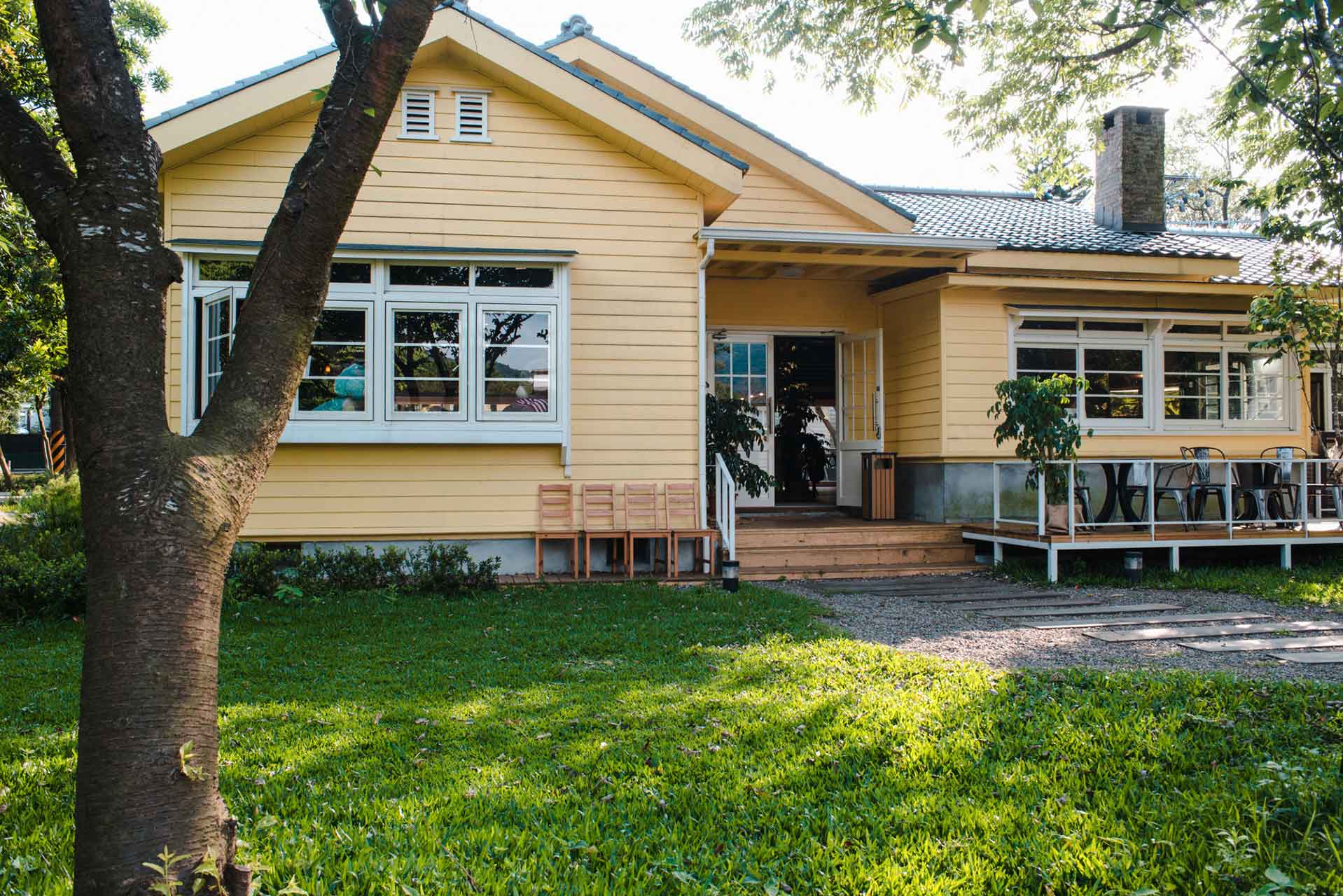Entering the world of fix and flip investing can be exhilarating, but it’s vital to approach potential projects with a discerning eye and a well-informed strategy. In this blog, we’ll outline the essential steps for analyzing a fix and flip project and introduce you to the widely used 70% rule, a valuable tool for assessing project feasibility.
1. Research the Market:
Start by researching the local real estate market. Analyze recent sales data, property values, and trends in the area where you intend to invest. Understanding the market dynamics will help you make informed decisions.
2. Set Your Investment Goals:
Define your investment objectives, whether it’s maximizing short-term profits, building a long-term rental portfolio, or a combination of both. Your goals will influence your project selection criteria.
3. Calculate the All-In Cost:
Determine the total acquisition cost, which includes the purchase price, closing costs, renovation expenses, holding costs, financing costs, and any other expenses associated with the project.
4. Estimate the After-Repair Value (ARV):
Accurately assessing the ARV is crucial. This is the projected value of the property after renovations. Consult real estate appraisers or utilize online tools and comparative market analysis (CMA) to arrive at a reliable estimate.
5. Apply the 70% Rule:
The 70% rule is a widely used guideline among real estate investors to determine the maximum purchase price for a fix and flip property. It states that you should not pay more than 70% of the ARV minus the renovation costs. The formula looks like this:
Maximum Purchase Price = (ARV x 70%) – Renovation Costs
For example, if the ARV is estimated at $300,000, and you expect renovation costs to be $40,000, the maximum purchase price should not exceed:
($300,000 x 70%) – $40,000 = $210,000 – $40,000 = $170,000
In this scenario, you should aim to purchase the property for $170,000 or less to maintain a desirable profit margin.
6. Assess Potential Profits:
Calculate your potential profits by subtracting the all-in cost, including renovation expenses, from the ARV. This will give you an estimate of your potential profit margin.
7. Factor in Contingencies:
Always include a contingency fund in your budget to account for unforeseen issues or cost overruns during the renovation process. A typical contingency is around 10% of the renovation budget.
8. Evaluate Your Risk Tolerance:
Assess your risk tolerance and determine if the potential returns align with your investment goals. A higher potential profit may come with greater risks, such as market fluctuations or renovation challenges.
9. Seek Professional Guidance:
Consider consulting with experienced real estate professionals, appraisers, contractors, and mentors who can provide valuable insights and guidance during your analysis.
Excel Template Resource:
To assist you in analyzing potential fix and flip projects, you can access a comprehensive Excel template provided by INVESTFOURMORE. The template includes financial analysis tools, expense tracking, and a property analysis calculator. You can find it here: (https://investfourmore.com/calculators/fix-flip-70-percent-rule/).
In conclusion, analyzing a fix and flip project involves meticulous research, financial calculations, and adherence to the 70% rule to ensure your investment aligns with your objectives and minimizes risks. Remember that successful real estate investing requires due diligence, ongoing learning, and the support of reliable financial partners, such as a trusted hard money lending company, to provide the necessary financing for your projects.


